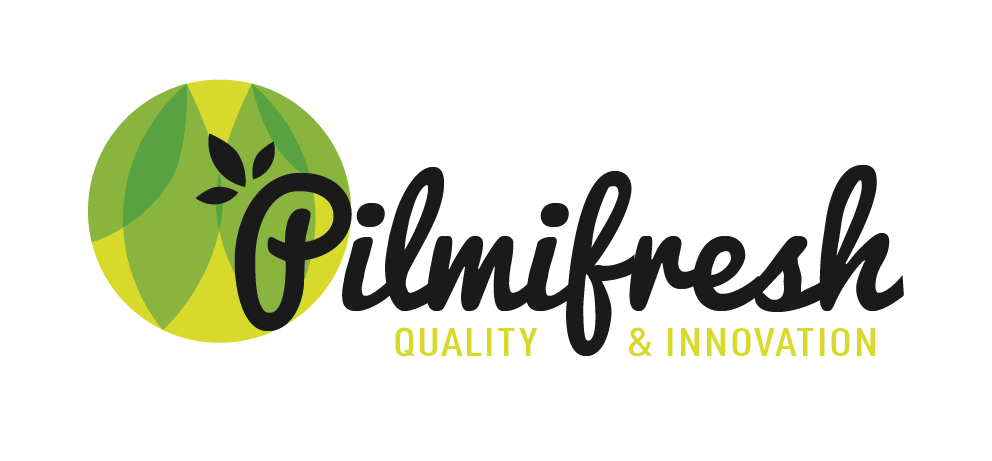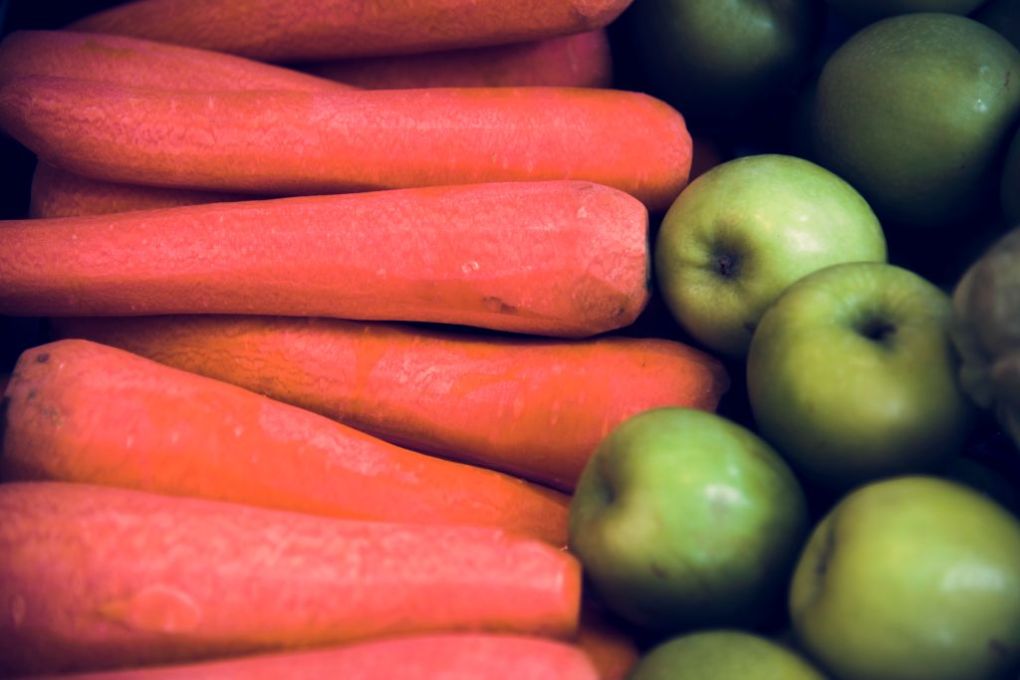水果和蔬菜浓缩物是食品工业中必不可少的成分,因为它们用途广泛,能够为各种产品增添风味、颜色和营养。从果汁和饮料到加工食品和补充剂,浓缩物是一种实用而有效的解决方案。在本文中,我们将探讨水果和蔬菜浓缩物的制作方法,从原材料选择到它们在不同行业的应用。
什么是水果和蔬菜浓缩液?
水果和蔬菜浓缩物是通过从新鲜水果或蔬菜中提取的果汁中去除部分水分而制成的产品。此过程浓缩了糖、维生素、矿物质和抗氧化剂等必需化合物,同时保持了其感官特性(味道、颜色和香气)。
浓缩物有不同的形式,如液体、果泥或粉末,是食品和制药行业许多产品的基础。
精矿生产过程
制作果蔬浓缩液需要先进的技术和严格的控制,以保持原材料的质量和营养。以下是该过程的主要阶段
原材料的选择和接收
首先要选择新鲜、成熟、优质的水果和蔬菜。确保产品无损坏和无污染至关重要,因为浓缩液的质量直接取决于原材料的质量。
清洗和准备
彻底清洗水果和蔬菜,去除杂质、杀虫剂和污垢。然后根据所生产产品的类型,对水果和蔬菜进行去皮、去核或切块。如有必要,将去除种子或果皮等不可食用的部分。
果汁或果泥提取
水果或蔬菜准备好后,要经过提取过程。这可以使用机械压榨机、工业搅拌机或粉碎机来完成,具体取决于所需的质地和产品类型。结果是富含风味和营养的果汁或果泥。
过滤和澄清
为了获得均匀的产品,果汁或果泥需要过滤以去除不需要的固体颗粒。在某些情况下,需要进行澄清过程以通过去除浑浊度或微观杂质来增强浓缩物的视觉吸引力。
浓缩
这是该过程中的关键阶段。使用真空蒸发或反渗透等技术,果汁或果泥中的部分水分被去除。这可以浓缩必需成分,减少产品体积而不影响其质量。这些过程中使用低温来保存营养成分并防止味道改变。
巴氏灭菌和包装
达到所需浓度后,产品将经过巴氏灭菌以确保微生物安全。然后在受控条件下进行包装,以防止污染并在储存和运输过程中保持新鲜度。
水果蔬菜浓缩液的应用
浓缩物用途广泛,可用于多种行业。其主要应用包括
饮料行业
浓缩物是许多果汁、果汁饮料和软饮料的基础。它们易于运输和储存,是大规模生产具有纯正和一致风味的饮料的理想解决方案。
加工食品
在酱汁、汤、酸奶和冰淇淋等产品中,水果和蔬菜浓缩物可增加风味、颜色和质地,增强食品的感官品质。
烘焙和糕点
水果浓缩物是果酱、馅饼馅、甜面包和其他烘焙食品中的关键成分,可增强风味并提供天然的甜味。
膳食补充剂
浓缩物,尤其是粉末状的浓缩物,因其富含维生素、矿物质和抗氧化剂而用于补充剂和营养产品。这些特性使其成为健康和保健行业的热门选择。
化妆品行业
一些水果和蔬菜浓缩物,例如芦荟或石榴,因其抗氧化和滋养皮肤的特性而被用于化妆品配方中。
浓缩物在食品工业中的优势
使用水果和蔬菜浓缩物可以为制造商和消费者带来许多好处
- 降低物流成本:浓缩液含水量较少,占用空间较少,更易于运输和储存。
- 多功能性:它们可以用于从食品到药品的多种应用。
- 保质期长:经过适当加工和包装的浓缩物具有更长的保质期,从而减少浪费。
- 一致的风味:无论什么季节,它们都能确保最终产品具有统一的风味。
水果和蔬菜浓缩物作为创新基础
浓缩物不仅是食品行业的实用解决方案,也是创新的平台。在Pilmifresh,我们采用尖端技术来确保浓缩物的质量,适应客户的需求,并提供符合当前趋势的定制产品,例如功能性食品和更可持续的选择。
如果您想了解有关我们的水果和蔬菜浓缩物的更多信息,或了解它们如何使您的业务受益,请随时联系我们。让我们一起将您的想法转化为创新的解决方案!

